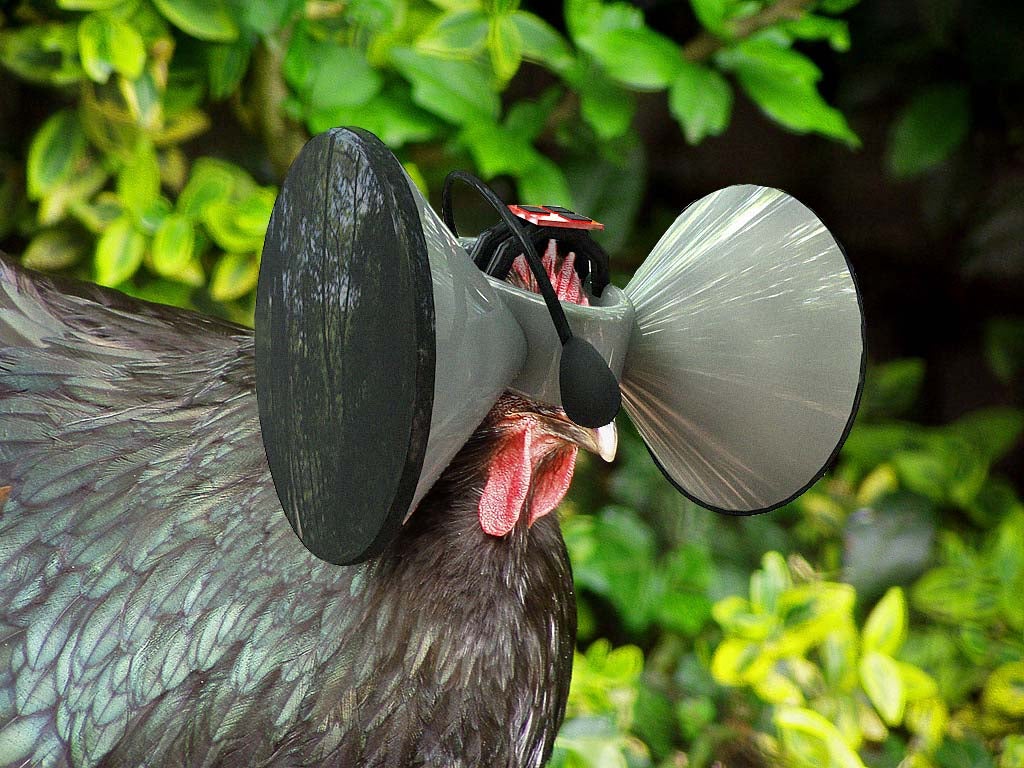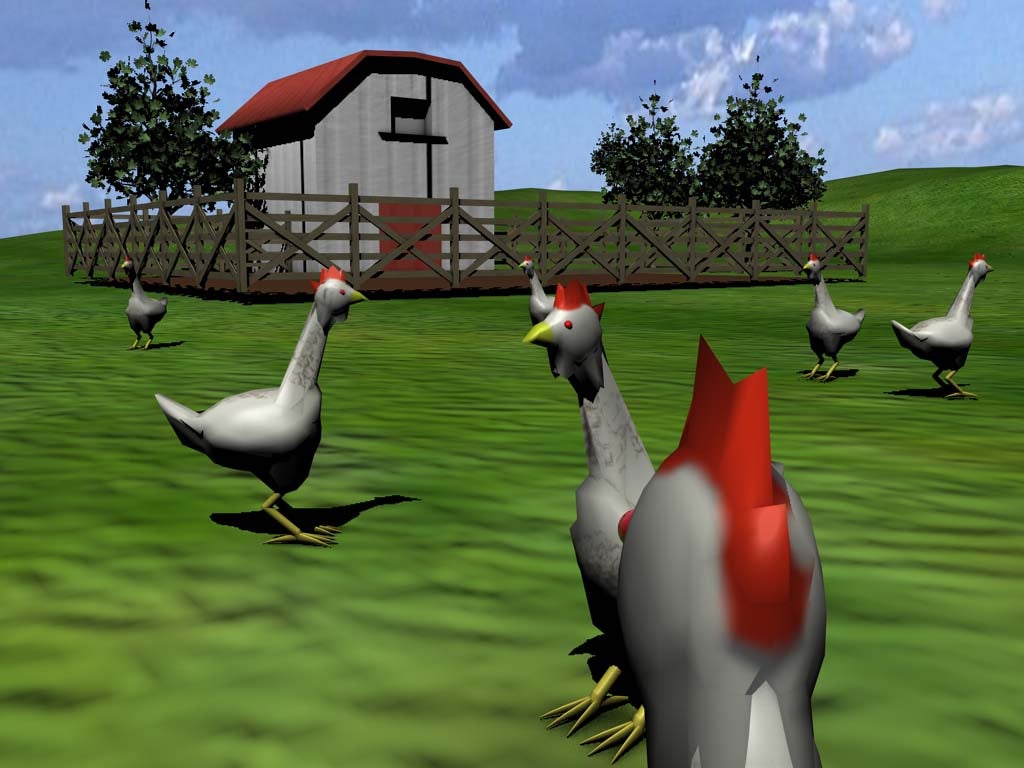Is this real life or is this just battery? 'Virtual reality for chickens' lets them live free range

Your support helps us to tell the story
From reproductive rights to climate change to Big Tech, The Independent is on the ground when the story is developing. Whether it's investigating the financials of Elon Musk's pro-Trump PAC or producing our latest documentary, 'The A Word', which shines a light on the American women fighting for reproductive rights, we know how important it is to parse out the facts from the messaging.
At such a critical moment in US history, we need reporters on the ground. Your donation allows us to keep sending journalists to speak to both sides of the story.
The Independent is trusted by Americans across the entire political spectrum. And unlike many other quality news outlets, we choose not to lock Americans out of our reporting and analysis with paywalls. We believe quality journalism should be available to everyone, paid for by those who can afford it.
Your support makes all the difference.Facebook’s acquisition of Oculus Rift and the company’s ambitions to create a virtual reality world with a billion people in it have led to some pretty bleak predictions for society’s future.
From full-blown Matrix style dystopias to more toned-down visions of Planet Facebook it seems fairly certain that given the choice between boring, snoring reality and a 24/7 dream world of our choosing, humanity is collectively going to turn on, tune in and drop out.
Following this theory to its logical conclsuions, graphic designer Austin Stewart has decided that if there's going to be virtual reality for all then why not give some to the chickens as well.
Stewart has designed a spoof project that he’s calling Second Livestock, a mini Oculus Rift headset and earphone combo that can be placed over the eyes and ears of battery farmed chickens to give them the impression they’re living beautiful, free range lives.

“Eliminating the need for the physical space required for free-range livestock our Virtual Free Range gives livestock the experience of Free Range life while in the safe confines of our facility,” writes Stewart on the Second Livestock site.
“Virtual Free Range combines the physical and psychological benefits of free range with the safety and security of conventional agriculture. Chickens are free to roam, socialize and “eat” virtual food, which appear in the virtual world where their real food trays are located.”
Speaking to the Ames Tribune in Iowa, Stewart – an assistant professor at Iowa State University – says that the project is meant to reflect our increasingly virtual lives, as we spend our days stranded in our homes and cubicles, only ‘living’ through our computers.
“The goal of the project is to raise that question of how do we know what’s best, or what is humane treatment,” said Stewart, “and also to look at how we treat ourselves. We’re living in these little boxes, just like chickens.”
Join our commenting forum
Join thought-provoking conversations, follow other Independent readers and see their replies
Comments